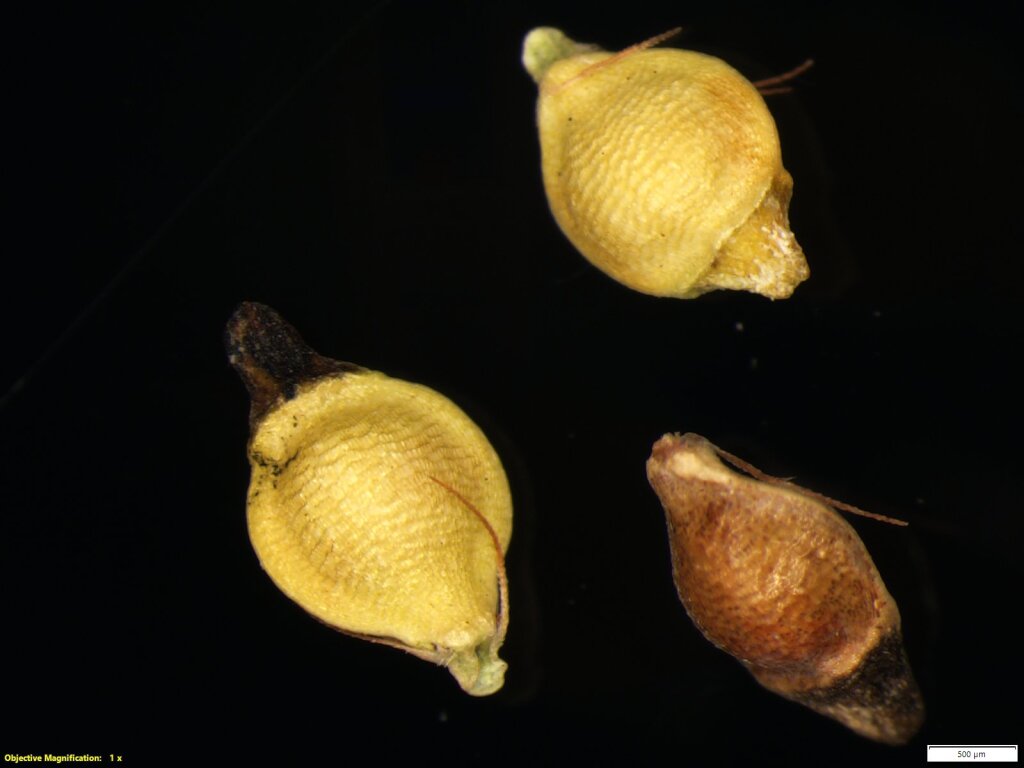Rhynchospora
Often rhizomatous perennials, more rarely tufted annuals. Culms noded or nodeless. Leaves basal or basal and cauline; ligule absent; sheath of cauline leaves sometimes with short scarious appendage at mouth opposite blade. Inflorescence head-like, spike-like, or panicle-like; involucral bracts leaf-like. Spikelets solitary or in clusters, terete or flattish, sessile or pedicellate, usually few-flowered; rachilla straight; glumes 5–8, spirally arranged or distichous, the lowest 3 or 4 empty, shorter than the upper fertile ones. Flowers bisexual, or the lowest flowers female, upper one(s) male or sterile; hypogynous bristles 3–6 (rarely more), usually antrorsely scabrous, rarely absent; stamens 2 or 3 (rarely solitary); style articulated with ovary, almost undivided to deeply 2-fid; dilated style-base (or most of style) persistent on but clearly distinct from nut, compressed-conical, subulate, or crescent-shaped. Nut sessile or shortly stipitate, biconvex.
More than 200 species from the tropics and subtropics especially in the Americas; 17 species in Australia.
Wilson, K.L. (1994). Cyperaceae. In: Walsh, N.G.; Entwisle, T.J., Flora of Victoria Vol. 2, Ferns and Allied Plants, Conifers and Monocotyledons, pp. 238–356. Inkata Press, Melbourne.
 Spinning
Spinning

